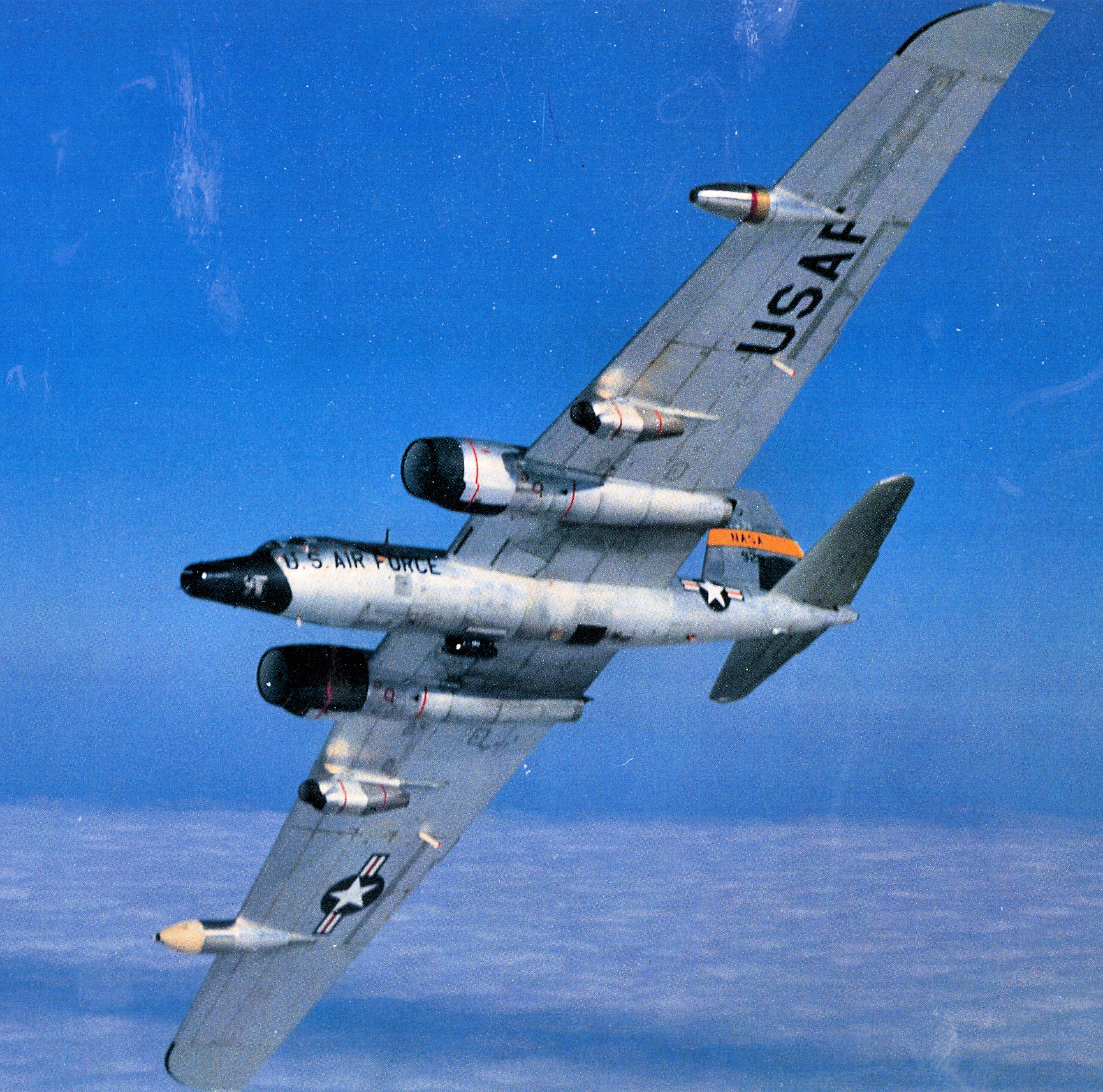Have you ever been browsing a recipe from a foreign cookbook, only to find the oven temperature listed in Fahrenheit? Or maybe you’re watching the weather forecast for your upcoming vacation destination and it’s reporting temperatures in Celsius. These are just a few examples of how two different temperature scales constantly intertwine in our everyday lives.

Image: en-academic.com
Knowing how to convert between Fahrenheit and Celsius is not just a handy skill for understanding weather reports or baking. It’s also essential for many scientific and engineering applications. This article will delve into the world of temperature measurement, explore the history and concepts behind these two scales, and equip you with the tools to confidently convert between them.
Understanding the Two Scales
The Fahrenheit scale (°F) and the Celsius scale (°C) are the two most commonly used temperature scales throughout the world. While the United States primarily uses Fahrenheit, most other countries utilize the Celsius scale.
The Origin of Fahrenheit
The Fahrenheit scale was developed by the German physicist Daniel Gabriel Fahrenheit in the early 18th century. He initially defined zero degrees (°F) as the freezing point of a brine solution and 96°F as the temperature of the human body. However, these points were later adjusted to 32°F for the freezing point of water and 212°F for the boiling point of water at atmospheric pressure.
The Rise of Celsius
The Celsius scale, named after Swedish astronomer Anders Celsius, was developed in the 18th century. Celsius initially defined 100°C as the freezing point of water and 0°C as the boiling point of water. However, these were later reversed to 0°C for the freezing point and 100°C for the boiling point, aligning with the natural order of temperatures.

Image: www.pinterest.com
The Conversion Formula
Converting between Fahrenheit and Celsius requires a mathematical formula that accounts for the different starting points and scaling of the two scales. The main formula is as follows:
- Fahrenheit to Celsius: °C = (°F – 32) × 5/9
- Celsius to Fahrenheit: °F = (°C × 9/5) + 32
Let’s break down the formula and see how it works in practice.
Understanding the Conversion Calculation
The conversion formula essentially translates the temperature from one scale to another by adjusting the starting point and the scale increments. The offset of 32°F accounts for the difference in the freezing points of water, and the multiplication by 5/9 or 9/5 adjusts the scale increments to align with the respective scales.
Examples of Temperature Conversions
Here are a few practical examples to illustrate the conversion process:
- Example 1: Convert 77°F to Celsius:
°C = (77°F – 32) × 5/9 = 45 × 5/9 = 25°C
- Example 2: Convert 20°C to Fahrenheit:
°F = (20°C × 9/5) + 32 = 36 + 32 = 68°F
Beyond the Formula: The Importance of Context
While the conversion formula is essential, understanding the context is equally important. This means considering the scenario where the temperature is being measured and what it signifies. For instance, a temperature of 0°C might represent a chilly winter day, while 30°C indicates a warm summer day.
Real-World Applications
Converting between Fahrenheit and Celsius is indispensable in various aspects of our lives, from:
- Weather Forecasting: Understanding weather patterns and ensuring safe travel requires accurate temperature measurements.
- Cooking: Successful baking and cooking rely on precise temperatures, which might require conversion depending on the recipe’s origin.
- Medical Monitoring: Body temperatures are measured in Fahrenheit in some regions but Celsius in others, requiring conversion for medical documentation and communication.
- Scientific Research: Across fields like chemistry, physics, and biology, temperature conversion is crucial for consistent and accurate data interpretation.
Expert Insights and Actionable Tips
Here are a few tips from experts to make temperature conversion easier and more efficient:
- Use Online Converters: A variety of websites and apps offer instant temperature conversion tools for seamless calculations.
- Memorize Key Conversion Points: Knowing a few key temperatures like 32°F (0°C) and 212°F (100°C) can help you quickly estimate conversions.
- Practice, Practice, Practice: Just like any skill, the more you practice converting temperatures, the more comfortable and proficient you will become.
68f To C
Conclusion
Mastering temperature conversion is a practical skill that empowers you to navigate various situations comfortably. From understanding weather reports to following recipes, understanding the relationship between Fahrenheit and Celsius makes life a little easier. Remember, practice is key to mastering these conversions, and don’t hesitate to utilize online tools and helpful resources for seamless conversion. As you continue to explore and interact with different temperature scales, you’ll find yourself effortlessly navigating the world of Fahrenheit and Celsius.






